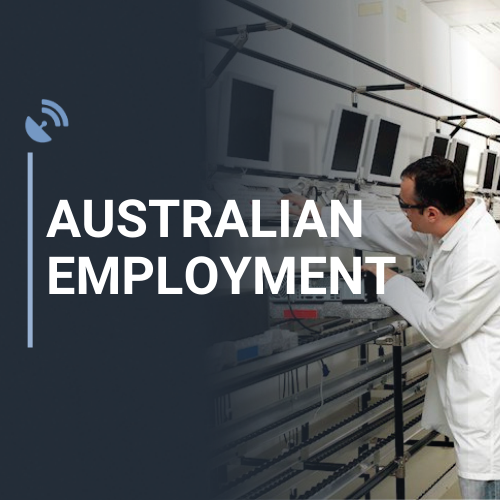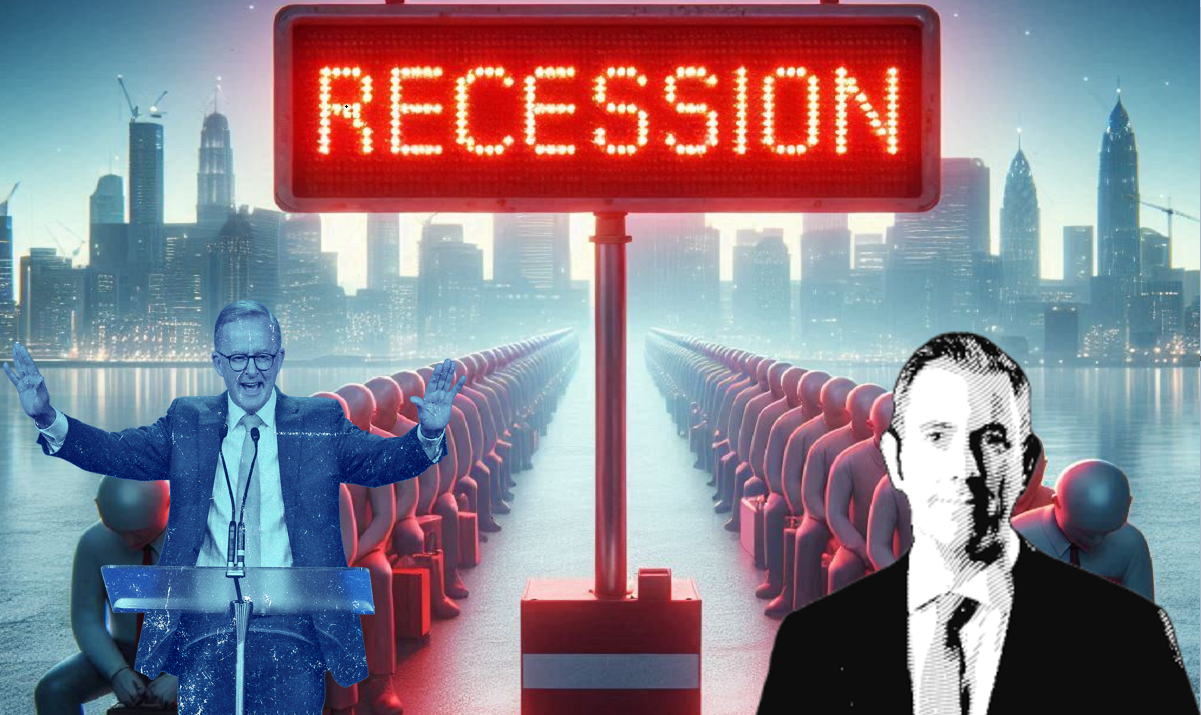Australian unemployment rate seen easing to 4.0% in May despite tepid job creation

- by Admin
- June 12, 2024

- The Australian Unemployment Rate is foreseen to contract to 4% in May.
- Employment Change expected to remain tepid, up by 27.5K in the month.
- AUD/USD set to run to fresh multi-month highs with an upbeat report.
Australia is set to release the May employment report on Thursday at 1:30 GMT. The Australian Bureau of Statistics (ABS) is expected to announce the country added 27.5K new job positions in the month, down from the 38.5K gained in April. The Unemployment Rate is foreseen at 4%, easing from the previous 4.1%. Ahead of the announcement, the Australian Dollar (AUD) is up amid broad US Dollar’s weakness.
Headline Employment Change is split into full-time and part-time positions. Generally speaking, full-time jobs imply working 38 hours per week or more and usually include additional benefits, but they mostly represent consistent income. On the other hand, part-time employment generally means higher hourly rates but lacks consistency and benefits. That’s why the economy prefers full-time jobs.
According to the April report, seasonally adjusted, the number of people counted as officially unemployed increased by 30,300 in the month, while the number of employed people increased by 38,500. The latter combines an increase of 44,600 part-time positions and a loss of 6,100 full-time jobs.
Australian unemployment rate expected to ease in May
Market analysts anticipate the Australian Unemployment Rate will ease from the 4.1% posted in April to 4%. April’s level was the highest since March 2022, and was also hit in January this year.
The decline in full-time employment and the uptick in the unemployment rate in April was seen as a tepid sign of a loosening labor market. Speculative interest would welcome another monthly report in such a line as it could lift the odds for an interest rate cut in the country before the year’s end.
The Reserve Bank of Australia (RBA) met early in May, and policymakers decided to leave the benchmark rate at 4.35%. The RBA also warned about inflation risks being on the upside but refrained from reinstating the tightening bias dropped in the previous meeting. Policymakers also noted that inflation is easing more slowly than previously expected. “The economic outlook remains uncertain, and recent data have demonstrated that the process of returning inflation to target is unlikely to be smooth,” said the Board’s statement.
Ahead of the employment report, market players believe the RBA could deliver a rate cut in November and four more throughout 2025. However, sticky inflation and a tight labor market may push the odds further down the road. According to the ABS, the Consumer Price Index rose by 3.6% in the twelve months to April, up from the previous 3.5%. It was the second consecutive month in which inflation posted a small increase, in line with policymakers’ concerns.
With that in mind, a better-than-anticipated employment report would fuel speculation the RBA will not cut rates until February 2025 and boost the Australian Dollar.
Ahead of Australian employment figures, the focus was on the United States (US). The Bureau of Labor Statistics (BLS) reported that the Consumer Price Index (CPI) rose 3.3% YoY in May after hitting 3.4% in April. The CPI remained unchanged on a monthly basis, easing from the previous 0.3%. The core readings, which exclude volatile food and energy prices, were also below forecast and eased from the April readings. The annual core CPI rose 3.4%, while the monthly figure was up by 0.2%.
The softer-than-anticipated US inflation figures triggered a US Dollar sell-off, prompting AUD/USD higher.
When will the Australian employment report be released, and how could it affect AUD/USD?
The ABS will publish the May employment report early on Thursday. As previously stated, Australia is expected to have added 27.5K new job positions in the month, while the Unemployment Rate is foreseen at 4%. Finally, the Participation Rate is foreseen to hold at 66.7%.
From a technical perspective, Valeria Bednarik, Chief Analyst at FXStreet, notes: “The AUD/USD pair nears a relevant high posted mid-May at 0.6713 as optimism reigns. Beyond the 0.6700 mark, the pair can run towards the 0.6700 region with an upbeat Australian employment report, although given the pre-news rally, additional advances without a pullback in the middle seem unlikely. Near-term support can be found at around 0.6630, followed by the 0.6580 price zone.”
Bednarik adds: “Ultimately, AUD/USD direction will depend on how the data would affect the odds for a rate cut in Australia. It is worth remembering that the Australian interest rate peaked below those of its major counterparts, making it less worrisome should local policymakers decide to delay the decision.”
Employment FAQs
Labor market conditions are a key element in assessing the health of an economy and thus a key driver for currency valuation. High employment, or low unemployment, has positive implications for consumer spending and economic growth, boosting the value of the local currency. Moreover, a very tight labor market – a situation in which there is a shortage of workers to fill open positions – can also have implications on inflation levels because low labor supply and high demand leads to higher wages.
The pace at which salaries are growing in an economy is key for policymakers. High wage growth means that households have more money to spend, usually leading to price increases in consumer goods. In contrast to more volatile sources of inflation such as energy prices, wage growth is seen as a key component of underlying and persisting inflation as salary increases are unlikely to be undone. Central banks around the world pay close attention to wage growth data when deciding on monetary policy.
The weight that each central bank assigns to labor market conditions depends on its objectives. Some central banks explicitly have mandates related to the labor market beyond controlling inflation levels. The US Federal Reserve (Fed), for example, has the dual mandate of promoting maximum employment and stable prices. Meanwhile, the European Central Bank’s (ECB) sole mandate is to keep inflation under control. Still, and despite whatever mandates they have, labor market conditions are an important factor for policymakers given their significance as a gauge of the health of the economy and their direct relationship to inflation.
Economic Indicator
Full-Time Employment
Full-Time Employment, released by Australian Bureau of Statistics, is the total number of people above a specified age, who in a short reference period, were in paid employment or self-employment. Paid employment includes people who had a job during the reference period but were temporarily absent from work.
Economic Indicator
Part-Time Employment
Part-Time Employment, released by Australian Bureau of Statistics, is the total number of people above a specified age, who in a short reference period, were in part-time paid employment or self-employment. Paid employment includes people who had a job during the reference period but were temporarily absent from work.
The Latest News
-
December 23, 2024Wimbledon champion accepts ban for anti-doping breach just months after winning US Open
-
December 23, 2024Australian tennis star Purcell takes voluntary suspension over anti-doping breach
-
December 23, 2024Max Purcell to miss Australian Open after accepting ban for anti-doping breach
-
December 23, 2024Australian tennis star Purcell provisionally suspended for doping
-
December 23, 2024Star batter misses optional Aussie session; MCG curator rejects anti-India ‘conspiracy’ — Test Daily





